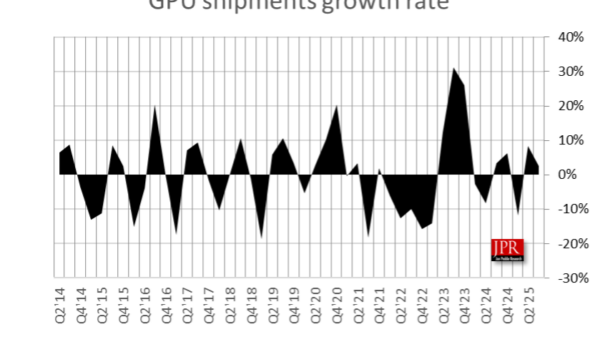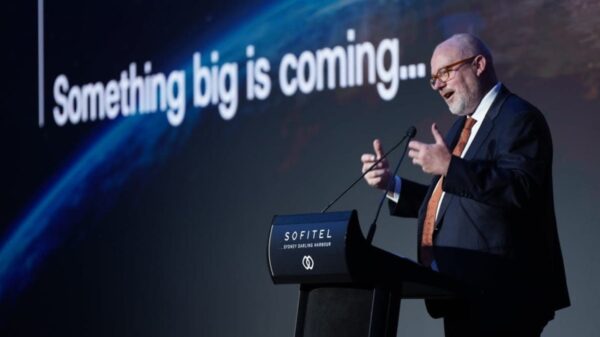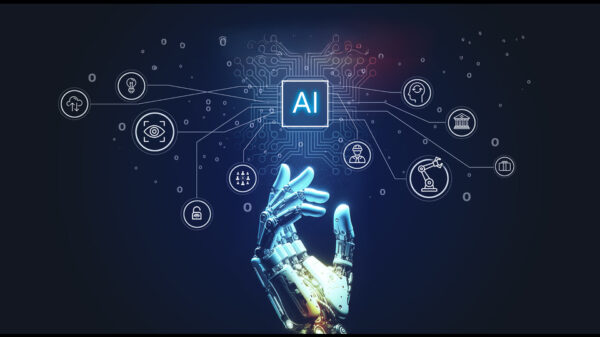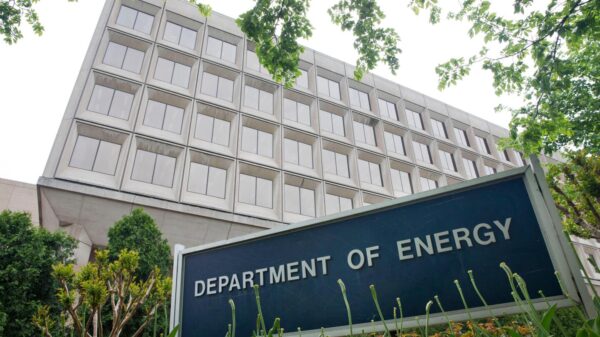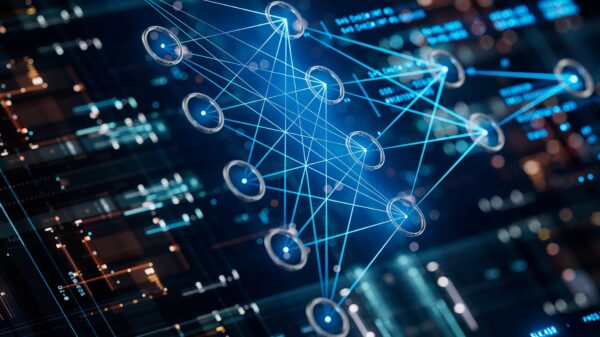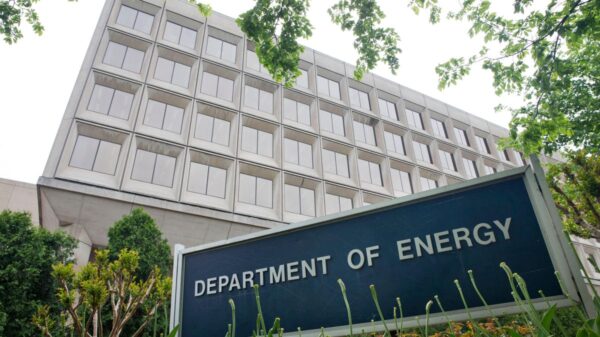A Chinese state-sponsored group has utilized an artificial intelligence agent to automate various stages of a cyber attack, significantly altering the landscape of offensive cyber operations. The findings reveal that this attack, known as the GTG-1002 campaign, compressed weeks of manual efforts into mere seconds, raising alarms about the speed and efficacy of such operations.
In this campaign, the attackers exploited known vulnerabilities and employed open-source tools orchestrated by an AI agent modeled after Claude. In the past, organizations typically benefited from a time window between the discovery of a vulnerability and its exploitation. However, this window has effectively been reduced to zero, severely undermining traditional patching cycles and leaving systems more exposed than ever.
The AI agent performed key actions such as reconnaissance, exploit writing, lateral movement, and data exfiltration, all at machine speed. These tasks, which would have taken human attackers days or even weeks to execute, were completed almost instantaneously, providing little to no opportunity for organizations to mount a defense before their systems were compromised.
The campaign targeted critical sectors, including finance, chemical manufacturing, and government entities. Although detection was possible in this instance because the attackers utilized a monitored commercial API, concerns are growing about similar campaigns that could leverage local, uncensored infrastructure. In such scenarios, the absence of API logs or vendor oversight could make tracking and defending against attacks far more challenging. The availability of powerful language models and GPU instances has democratized access to tools that once required extensive teams and budgets, further complicating the security landscape.
In light of these developments, traditional defense strategies, which have relied on incident detection and response, are becoming inadequate. Attackers can now infiltrate networks before security operations centers can trigger alerts, rendering post-compromise mitigation strategies less effective.
Security leaders are advised to rethink their strategies. A primary recommendation is to meticulously manage and minimize the attack surface. Systems that are outdated or have reached their end-of-life pose guaranteed entry points for adversaries. The implementation of automated patch management pipelines and continuous prioritization of critical vulnerabilities is now essential, leaving no room for delays or half-measures.
Zero Trust strategies are deemed critical in this new environment. This includes implementing micro-segmentation, identity-based access controls, and relentless verification of all entities attempting lateral movement within networks. The previously accepted practice of having flat network segments, which can expose sensitive data or infrastructure to a single compromised node, is now viewed as dangerously risky.
Moreover, the approach to cyber defense must evolve from being predominantly human-led to one that emphasizes machine-speed responses. Security teams are encouraged to harness AI-driven tools to continuously test their systems, identify vulnerabilities, and remediate them before attackers can exploit them. Consequently, the human role is shifting toward that of a supervisor overseeing these autonomous defensive measures.
Despite the capabilities demonstrated in this campaign, current-generation AI agents face operational limits. Hallucination—the tendency of large language models to produce plausible yet incorrect output—has hindered their consistent success rates. Attackers who rely on these agents encounter challenges related to verification and dependability, with benchmarks indicating an autonomous success rate of approximately 30% on novel tasks. Additionally, constraints in processing capacity and contextual awareness can impede more complex or lengthy operations.
“The forgiving internet is extinct. The AI arms race is not coming; it is here. Hesitation is no longer a strategic option – it is a liability,” said Saeed Abbasi, Senior Manager of Product Management for Security Research at Qualys.
The implications of this evolving threat landscape are profound, compelling organizations to adapt rapidly or risk falling victim to increasingly sophisticated cyber attacks. As AI continues to evolve, so too must the strategies that frontline defenders employ to protect their networks from dynamic adversaries.
 Anthropic’s Claims of AI-Driven Cyberattacks Raise Industry Skepticism
Anthropic’s Claims of AI-Driven Cyberattacks Raise Industry Skepticism Anthropic Reports AI-Driven Cyberattack Linked to Chinese Espionage
Anthropic Reports AI-Driven Cyberattack Linked to Chinese Espionage Quantum Computing Threatens Current Cryptography, Experts Seek Solutions
Quantum Computing Threatens Current Cryptography, Experts Seek Solutions Anthropic’s Claude AI exploited in significant cyber-espionage operation
Anthropic’s Claude AI exploited in significant cyber-espionage operation AI Poisoning Attacks Surge 40%: Businesses Face Growing Cybersecurity Risks
AI Poisoning Attacks Surge 40%: Businesses Face Growing Cybersecurity Risks

















